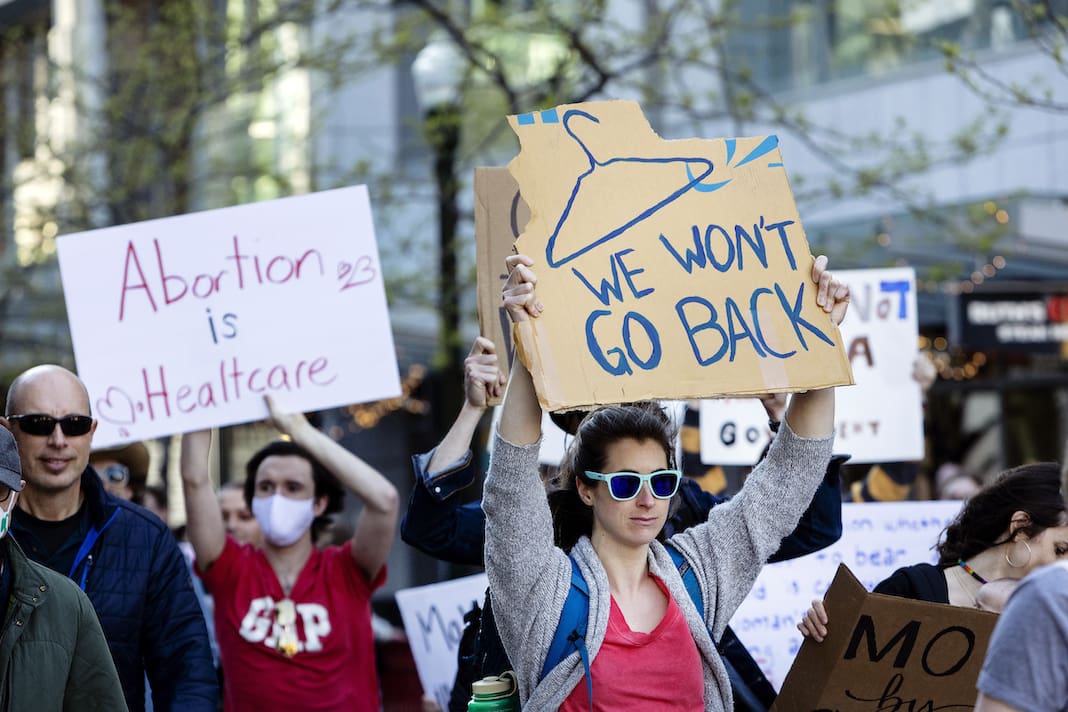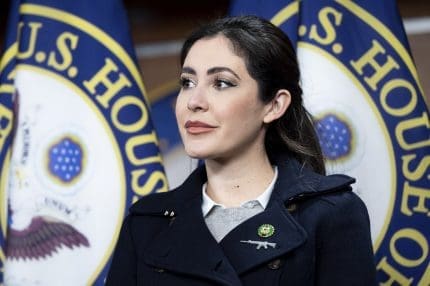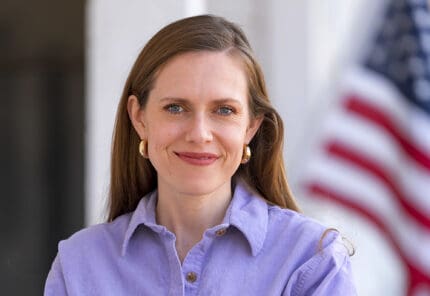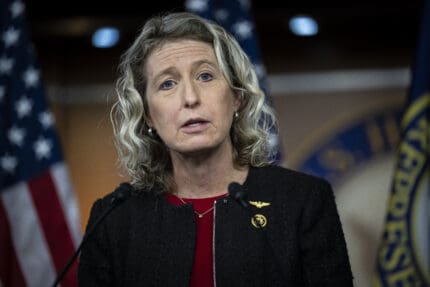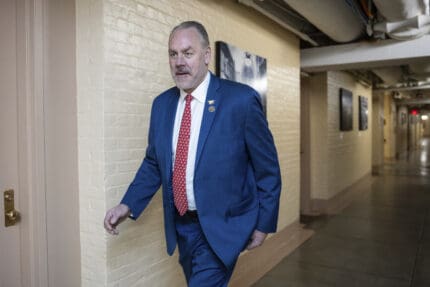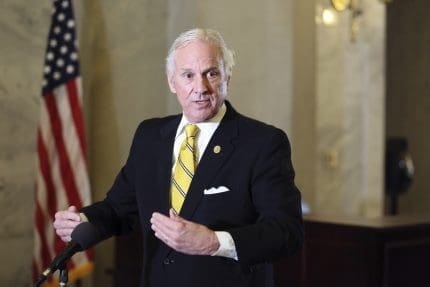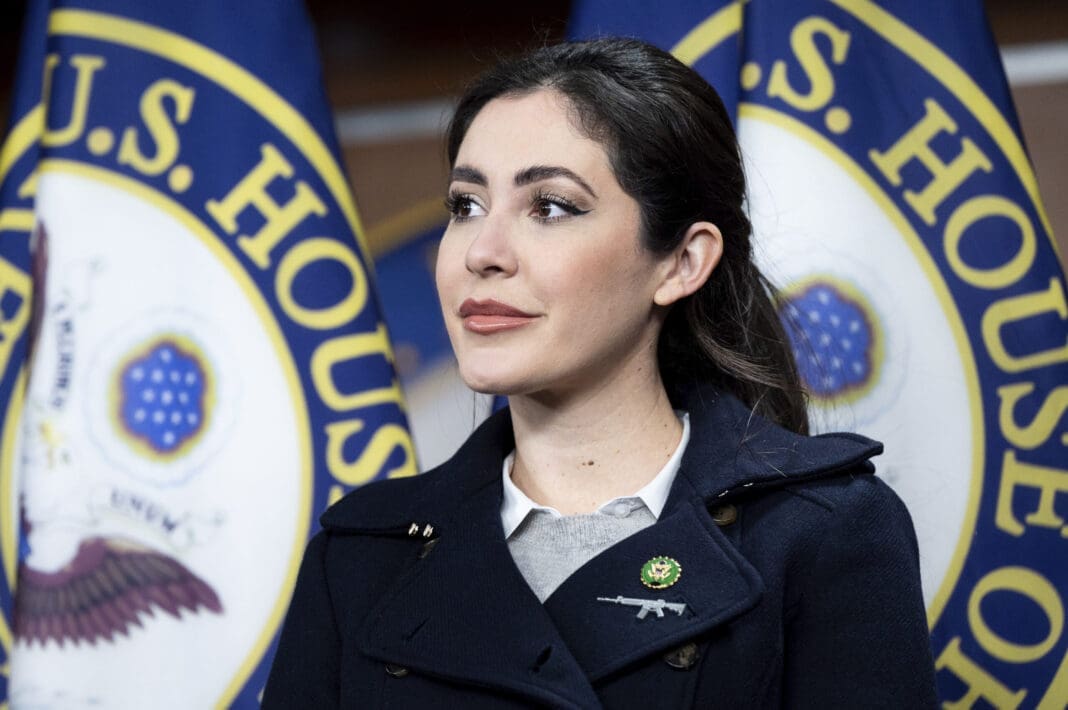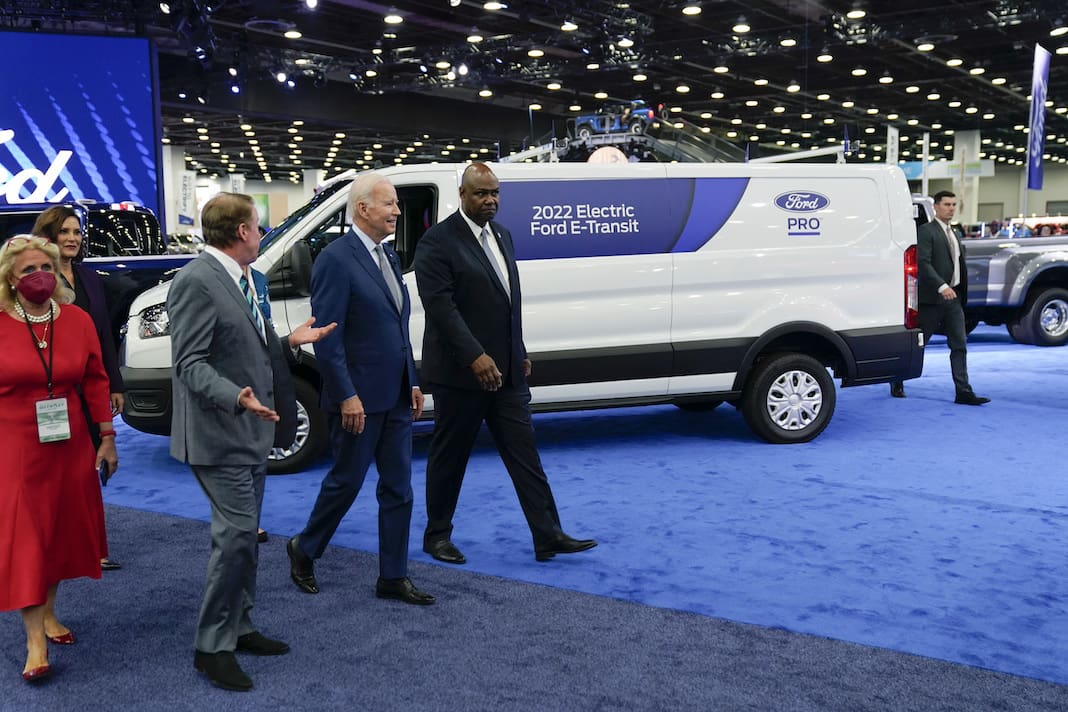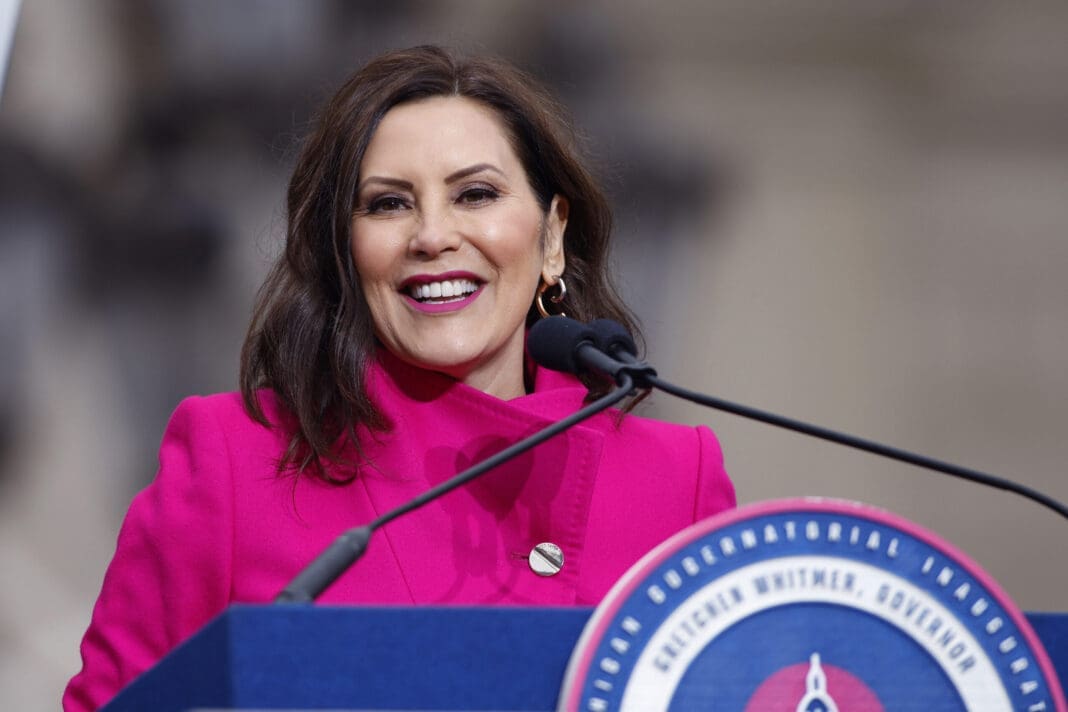Restrictions on abortion begin much earlier than you think
Some hospitals are restricting medical training to ‘the detriment of abortion access.’
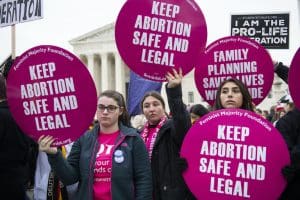
Abortion, though studies show it to be one of the safest medical procedures, is not required to be taught in over one-third of all obstetrics and gynecology residency training programs in the United States.
Most family residency programs don’t provide abortion training, and those programs train doctors to be primary care providers — the physicians that provide the majority of care for underserved rural and urban areas. Additionally, only a very small number of abortions are performed in a hospital setting, even though public hospitals provide the bulk of training for medical students.
Now, a new study shows that policies at the majority of obstetrics and gynecology teaching hospitals restrict abortion beyond what state law requires, to “the detriment of abortion access and training opportunities.”
The study, published in the journal Obstetrics & Gynecology, found that these policies were not typically based on legal or medical concerns. Instead, it notes, sometimes “abortion criteria would become narrower based on the political and religious beliefs of hospital funders or political leadership.” One interviewee said policies at their teaching hospital were changed based on a particular executive’s personal beliefs.
The lack of training and policies against providing abortions during medical training contribute to a shortage of abortion providers, according to the study. One physician who sought to become an abortion provider told ThinkProgress she “was criticized and discouraged from learning about abortion or talking about it with patients” during her family planning residency program in Arkansas, even though she was motivated to learn.
The number of independent clinics providing abortions has declined by 28% since 2012 owing to a variety of factors. Over 11 million people of reproductive age already live over an hour away from the nearest facility that provides abortions. Anti-abortion activists have had a good deal of success passing restrictive laws targeting abortion access, including 25 new abortion bans passed in 2019 alone.
The provider shortage is worst in rural areas. Research by the American College of Obstetricians and Gynecologists found that OB-GYN providers in rural areas were “significantly less likely to perform abortions than their urban counterparts.”
Some states with large rural populations, such as Kentucky and Mississippi, have only one independent clinic that provides abortions. In Wyoming, North Dakota, and South Dakota, at least 50% of people of reproductive age reside over 90 miles from the nearest abortion provider. Similarly, in Alaska, 20% of people would have to travel over 150 miles to reach a clinic.
Sometimes, that lengthy travel is very difficult, if not impossible. A study that examined the national availability of abortion care concluded that “access to transportation is a barrier” and that lower-income people who do not have a car may have to make arrangements to travel by train or bus, delaying access even further.
Those delays due to transportation issues or distance, the study also found, “can push women seeking abortion to later gestations and are likely to disproportionately affect low-income women, who may struggle to cover the cost of transport.”
The same study found that delays in obtaining care can result in people being unable to obtain an abortion at all, depending on the distance and any restrictions in place in their states or nearby states.
The American College of Obstetricians and Gynecologists recommends abortion education be required at all medical schools and that non-OB-GYN providers, including family physicians, receive training on integrating first-trimester abortion into their family medicine practice. Individuals with a moral or religious objection could “opt out” of the training, but otherwise all aspiring OB-GYN providers would receive training in providing abortions.
That, the organization says, would “improve access by increasing the number of abortion providers.”
Doing so may decrease the distance people must travel and ensure greater abortion access, particularly in rural areas where practitioners are rare.
Published with permission of The American Independent Foundation.
Recommended

Missouri Planned Parenthood clinics remain ‘open to all’ despite new Medicaid restrictions
Planned Parenthood says they will continue offsetting the costs of seeing patients on Medicaid despite a bill signed into law Thursday
By Anna Spoerre, Missouri Independent - May 09, 2024
Fate of ‘game changer’ women’s health care bill in hands of Missouri Senate
A bill that would improve health care access for Missouri women almost died in the House after some lawmakers conflated birth control legislation with abortion medication
By Anna Spoerre, Missouri Independent - May 08, 2024
Trump leaves door open to banning medication abortion nationwide
Donald Trump is planning to release more details in the weeks ahead about how his administration would regulate access to medication abortion, according to comments he made during a lengthy interview with Time magazine published Tuesday.
By Jennifer Shutt, States Newsroom - April 30, 2024







